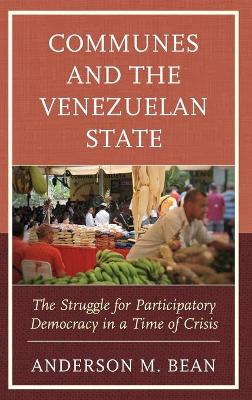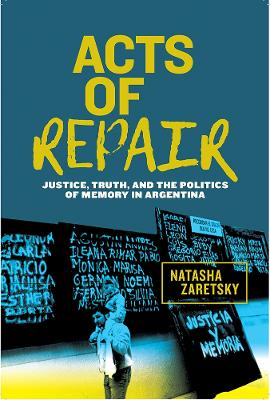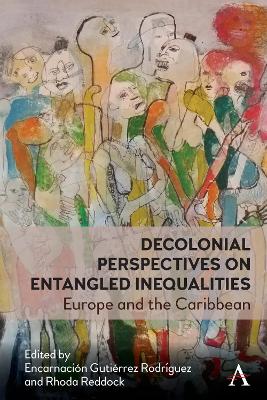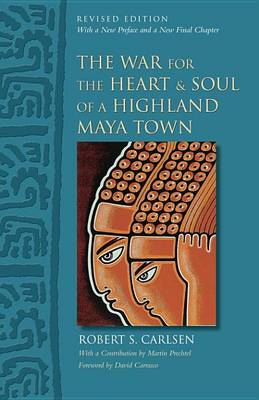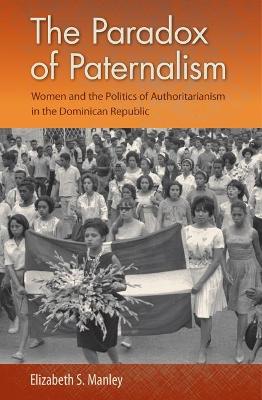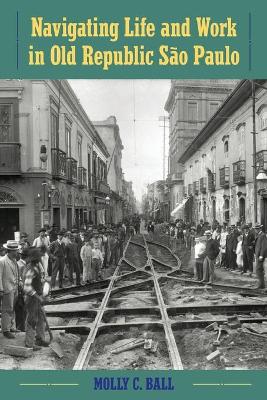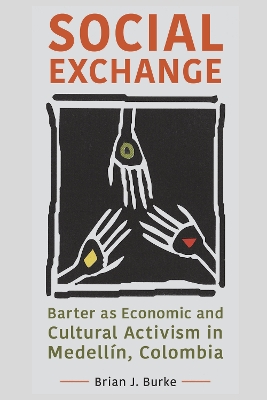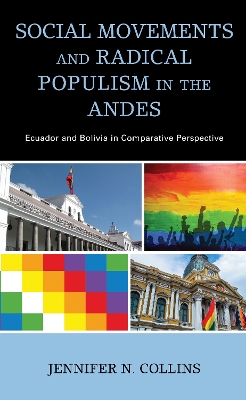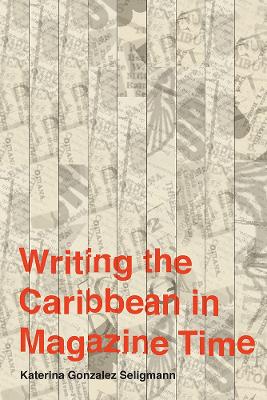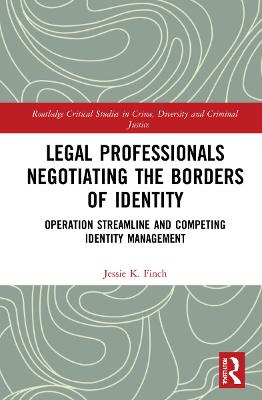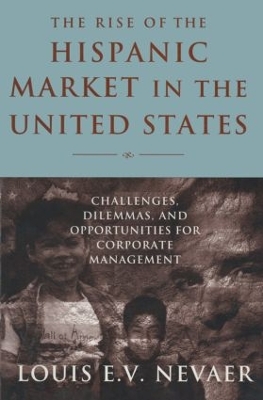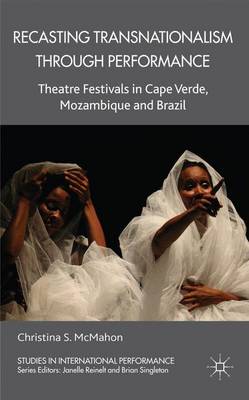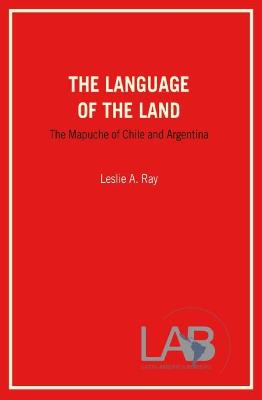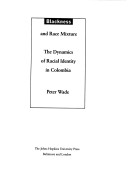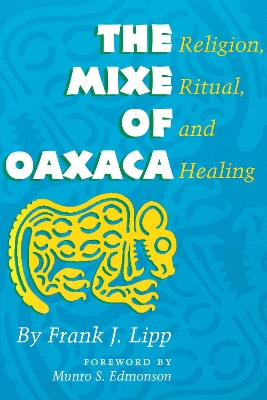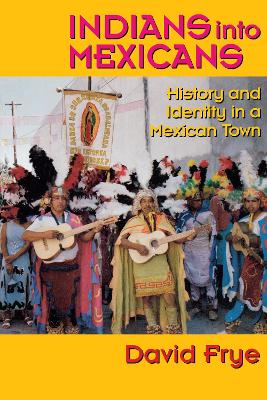Communes and the Venezuelan State (Social Movements in the Americas)
by Anderson Bean
Since 2006, Venezuela has witnessed an explosion of different forms of popular power and participatory democracy. Over 47,000 grassroots neighborhood-based communal councils and 3,000 communes have been constructed. In Communes and the Venezuelan State: The Struggle for Participatory Democracy in a Time of Crisis, Anderson Bean offers a critical analysis of these experiments in popular and workers' power and their potential for societal transformation within and beyond Venezuela. Drawing on exte...
Acts of Repair (Genocide, Political Violence, Human Rights)
by Natasha Zaretsky
Decolonial Perspectives on Entangled Inequalities (Anthem Studies in Decoloniality and Migration)
From Homemakers to Breadwinners to Community Leaders
by Norma Fuentes-Mayorga
The War for the Heart and Soul of a Highland Maya Town
by Robert S. Carlsen
This compelling ethnography explores the issue of cultural continuity and change as it has unfolded in the representative Guatemala Mayan town Santiago Atitlán. Drawing on multiple sources, Robert S. Carlsen argues that local Mayan culture survived the Spanish Conquest remarkably intact and continued to play a defining role for much of the following five centuries. He also shows how the twentieth-century consolidation of the Guatemalan state steadily eroded the capacity of the local Mayas to ada...
From the rise of dictator Rafael Trujillo in the early 1930s to the rule of his successor Joaquin Balaguer in the 1970s, women were frequently absent or erased from public political narratives in the Dominican Republic. Filling these silences, The Paradox of Paternalism shows that women were central to local, national, and international politics during this period. Women activists from across the political spectrum engaged with the state by working within both authoritarian regimes and inter-Ame...
This volume examines the experiences of São Paulo's working class during Brazil's Old Republic (1891–1930), showing how individuals and families adapted to forces and events such as urbanization, discrimination, migration, and World War I. In this unique study, Ball combines social and economic methods to present a robust historical analysis of everyday life along racial, ethnic, national, and gender lines.Drawing from both statistical data and primary sources such as letters, newspapers, and in...
Filtered through the lens of the North American and European media, the Caribbean appears to be a series of idyllic landscapes - sanctuaries designed for sailing, diving, and basking in the sun on endless white sandy beaches. Conservation literature paints a similarly enticing portrait, describing the region as a habitat for endangered coral reefs and their denizens, parrots, butterflies, turtles, snails, and a myriad of plant species. In both versions, the image of the exotic landscape overshad...
In Social Movements and Radical Populism in the Andes: Ecuador and Bolivia in Comparative Perspective, Jennifer N. Collins examines why the new left took the form of radical populism in Ecuador and Bolivia and how social movements were impacted by this development. Using a Laclauian approach, Collins argues that anti-neoliberal social movements provided the groundwork for populist identity formation. This book also offers a nuanced and insightful explanation for the decline of Ecuador's indigeno...
Writing the Caribbean in Magazine Time (Critical Caribbean Studies)
by Katerina Gonzalez Seligmann
This book uses a controversial criminal immigration court procedure along the Mexico-U.S. border called Operation Streamline as a rich setting to understand the identity management strategies employed by lawyers and judges. How do individuals negotiate situations in which their work-role identity is put in competition with their other social identities such as race/ethnicity, citizenship/generational status, and gender? By developing a new and integrative conceptualization of competing identity...
This ethnology follows the lives of the Canela Indians of Barra do Corda, Maranhao, Brazil from 1890s to the present. Based on more than five collective years of fieldwork since 1957, it relates how this surviving nation of the Timbira group has retained its traditional culture, including an elaborate bonding system of kinship, ritual, meetings, complex festivals and sex. This case study challenges western conceptions of socialization for sex as well as adult sexual behaviour. Features: * Provi...
The Rise of the Hispanic Market in the United States
by Louis E. V. Nevaer
Not only are Hispanics the largest minority group in the United States, but Mexico is fast becoming our major trading partner, surpassing even Japan. In fact, the U.S. now has the fourth largest Spanish-speaking population in the world, after Mexico, Spain, and Argentina. How has this demographic group transformed the U.S. into a bi-lingual nation within the span of a generation? Why do Hispanics resist assimilation and insist on speaking Spanish in public life? And how can businesses effectivel...
Recasting Transnationalism Through Performance (Studies in International Performance)
by C. McMahon
A rigorous ethnography of three international theatre festivals spanning the Portuguese-speaking world, this book examines the potential for African theatre artists to generate meaningful cultural and postcolonial dialogues in festival venues despite the challenges posed by a global arts market.
Boricua Pop is the first book solely devoted to Puerto Rican visibility, cultural impact, and identity formation in the U.S. and at home. Frances Negron-Muntaner explores everything from the beloved American musical West Side Story to the phenomenon of singer/actress/ fashion designer Jennifer Lopez, from the faux historical chronicle Seva to the creation of Puerto Rican Barbie, from novelist Rosario Ferre to performer Holly Woodlawn, and from painter provocateur Andy Warhol to the seemingly ove...
"Honduras is violent." Adrienne Pine situates this oft-repeated claim at the center of her vivid and nuanced chronicle of Honduran subjectivity. Through an examination of three major subject areas - violence, alcohol, and the export-processing (maquiladora) industry - Pine explores the daily relationships and routines of urban Hondurans. She views their lives in the context of the vast economic footprint on and ideological domination of the region by the United States, powerfully elucidating the...
Blackness and Race Mixture (Johns Hopkins Studies in Atlantic History and Culture)
by Peter Wade
The idea of "racial democracy" in Latin American populations has traditionally assumed that class is a more significant factor than race. But, despite the emergence of a "mesitizo" class - people who are culturally and racially mixed in the broadest sense - there remains a complex discrimination against blacks. To explain this phenomenon, Peter Wade focuses on the black population of the Choco province in Colombia - an area where the typical Latin American ambiguity surrounding racial identity i...
The Mixe of Oaxaca was the first extensive ethnography of the Mixe, with a special focus on Mixe religious beliefs and rituals and the curing practices associated with them. It records the procedures, design-plan, corresponding prayers, and symbolic context of well over one hundred rituals. Frank Lipp has written a new preface for this edition, in which he comments on the relationship of Mixe religion to current theoretical understandings of present-day Middle American folk religions.
The people of Mexquitic, a town in the state of San Luis Potosí in rural northeastern Mexico, have redefined their sense of identity from "Indian" to "Mexican" over the last two centuries. In this ethnographic and historical study of Mexquitic, David Frye explores why and how this transformation occurred, thereby increasing our understanding of the cultural creation of "Indianness" throughout the Americas. Frye focuses on the local embodiments of national and regional processes that have transf...
This book explores how young Cuban filmmakers have expanded the range of sexual subjectivities on screen. It analyzes cine joven (films made by young directors) from the late 1980s to the early 2020s, film reviews, articles, and materials from the Cinematheque of Cuba's archive to illustrate the confluence of sexuality, cinema, and discourses of youth. While sexual and cinematic cultures have their own unique relation to the public sphere, state institutions, and transnational flows, this book e...
